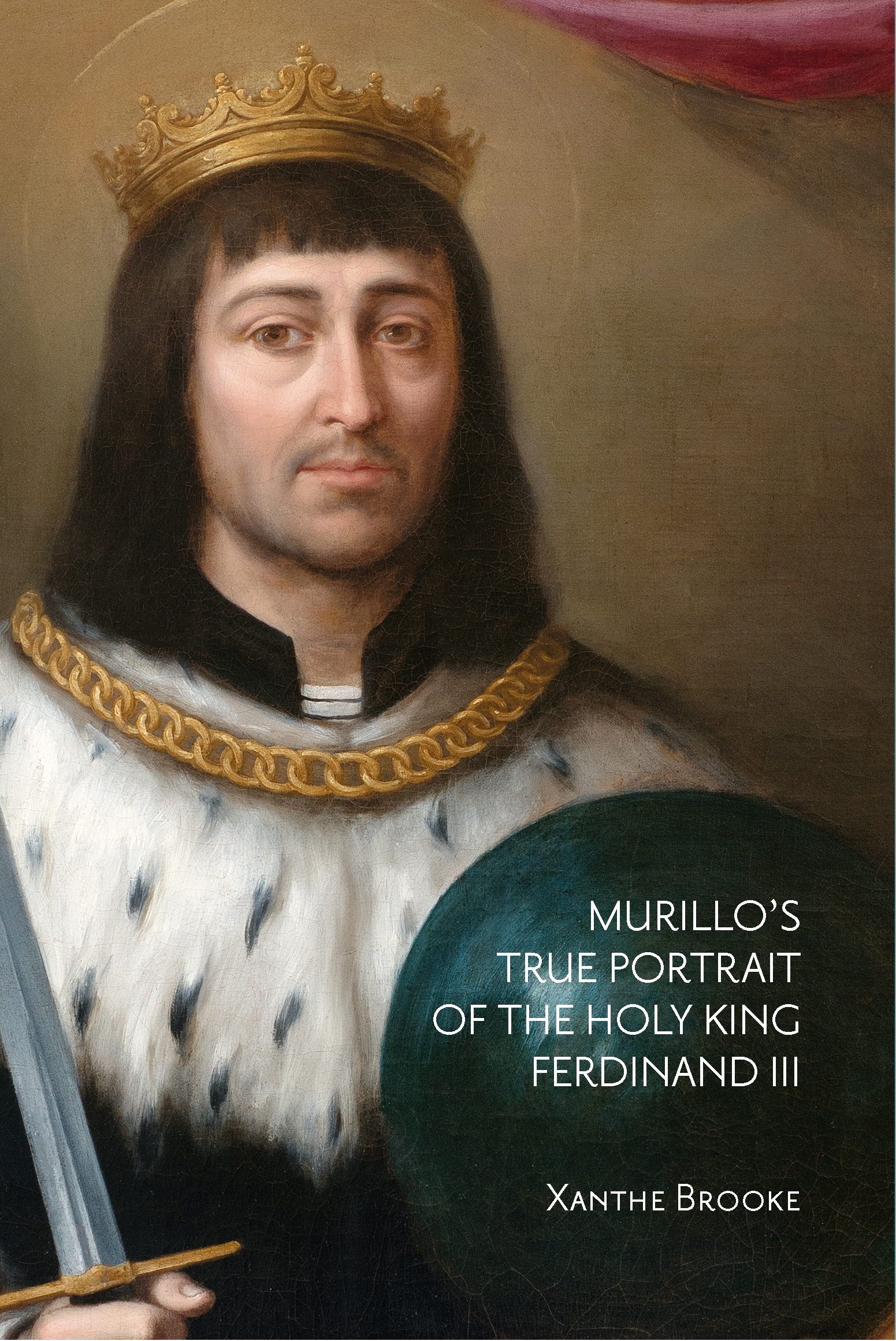Author
Xanthe Brooke
Characteristics
232 pages; 76 color illustrations; flapped paperback; 16 x 24 cm
Publication
English; preface by Jonathan Ruffer; jointly published with the Spanish Gallery; 2024
ISBN
978-84-18760-18-1
Price
€22,12
In April 1671 Seville’s most celebrated artist Bartolomé Esteban Murillo (1617–1682) was permitted to open the tomb of the uncorrupted body of the medieval king, Ferdinand III of Castile and Leon (1201–1252). After coming face to face with it, Murillo’s aim was to paint his ‘true portrait’ and support the campaign for the canonization of the conqueror of the kingdoms of Jaén, Córdoba and Seville, nearly 420 years after his death. This study focuses on the painter’s ‘true portrait’ that re-emerged in Bishop Auckland in 2020 after a century of obscurity in private collections.
This book investigates what might have influenced Murillo’s portrait of Ferdinand III and other known versions of it, placing them in their artistic, religious and political contexts. It asks how Murillo’s visualisations contrasted with other contemporaneous artistic and literary depictions of the king. It also assesses the impact of Murillo’s portrait on later artists, copyists and writers through to nineteenth-century Seville, Madrid and Latin America, and explores how the imagery of the saint-king intertwined with images of other ‘warrior’ saints associated with Christian expansionism in medieval Iberia.
Xanthe Brooke served as Curator of Continental European Fine Art at the National Museums Liverpool between 1990–2020. She curated many exhibitions, including Murillo in Focus at the Walker Art Gallery (1990) and Murillo: Scenes of Childhood, co-curated with Peter Cherry, at Dulwich Picture Gallery (2001). She has published widely on Murillo, including an essay on the Walker’s Virgin and Child in Glory, and contributed to various publications marking Murillo’s 400th anniversary in 2018–19. Her interests also include the British reception of Spanish art, especially the work of Murillo, about which she wrote in Collecting Murillo in Britain and Ireland (2020). In 2022 she was CEEH Research Fellow at the Zurbarán Centre at Durham University.

